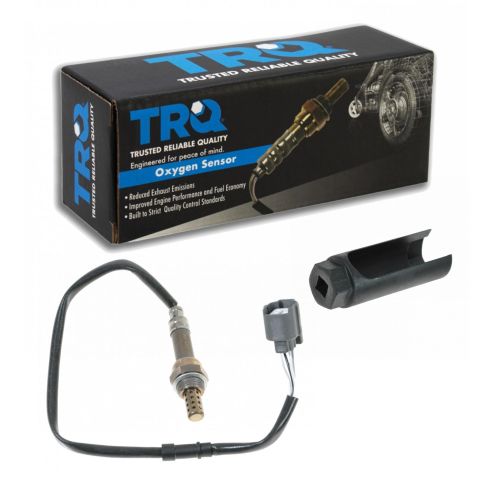1AEEK00686-Honda Acura O2 Oxygen Sensor TRQ OSA61645

Replaces
2001 Acura CL V6 3.2L Downstream O2 Oxygen Sensor TRQ OSA61645

Product Reviews
Loading reviews
2.00/ 5.0
2
2 reviews
Not the right part
January 27, 2017
I got this part because it said it would work on my ulev honda accord. And I found out the hard way that it doesnt. So I wasted my time labor and money for nothing. They should be more specific on what they say in the summary of what cars it fits and works on....
For: Honda O2 Oxygen Sensor
March 22, 2020
Came fast and works good
Customer Q&A
Hi
Is it NGK or densgo sensor?
Thx
September 1, 2018
10
We have a few different aftermarket companies build these parts specifically for us, as our 1A Auto house brand. They are manufactured to the same OEM specifications as the original part that came with your vehicle. If you have any further questions, please don't hesitate to ask.
September 1, 2018
Adam G
Acura is a registered trademark of Honda Motor Co., Ltd.. 1A Auto is not affiliated with or sponsored by Acura or Honda Motor Co., Ltd..
See all trademarks.












